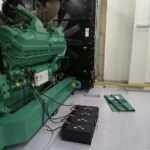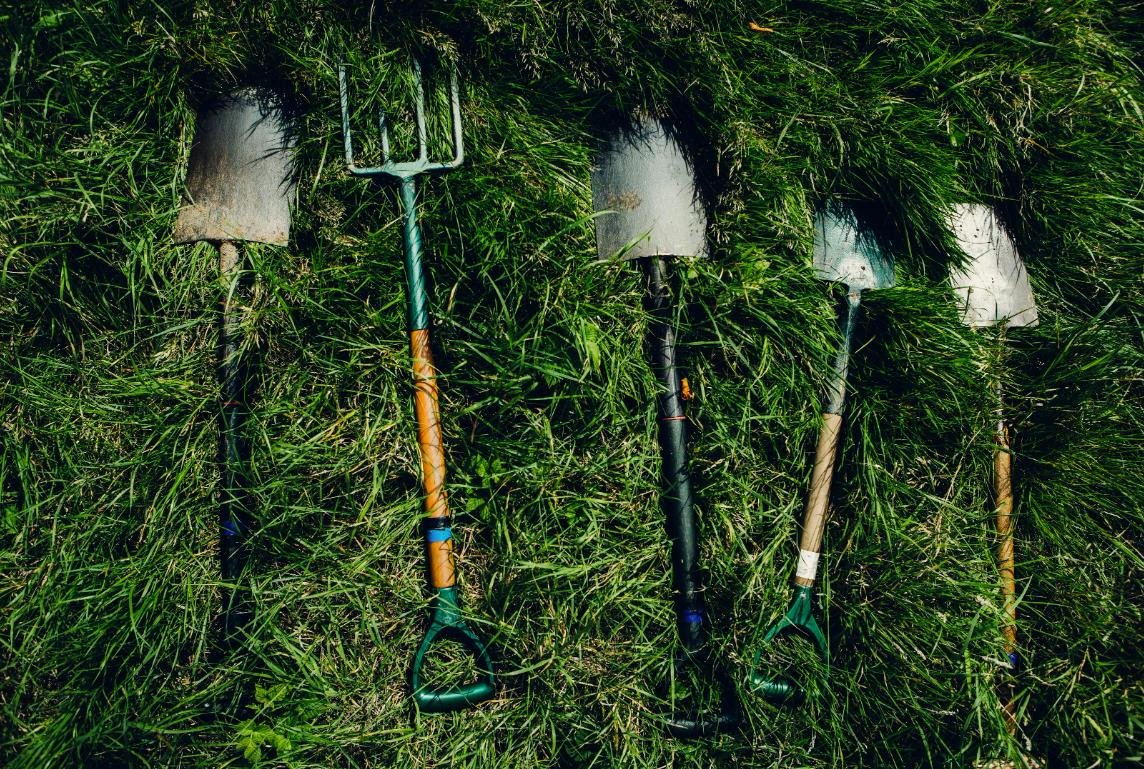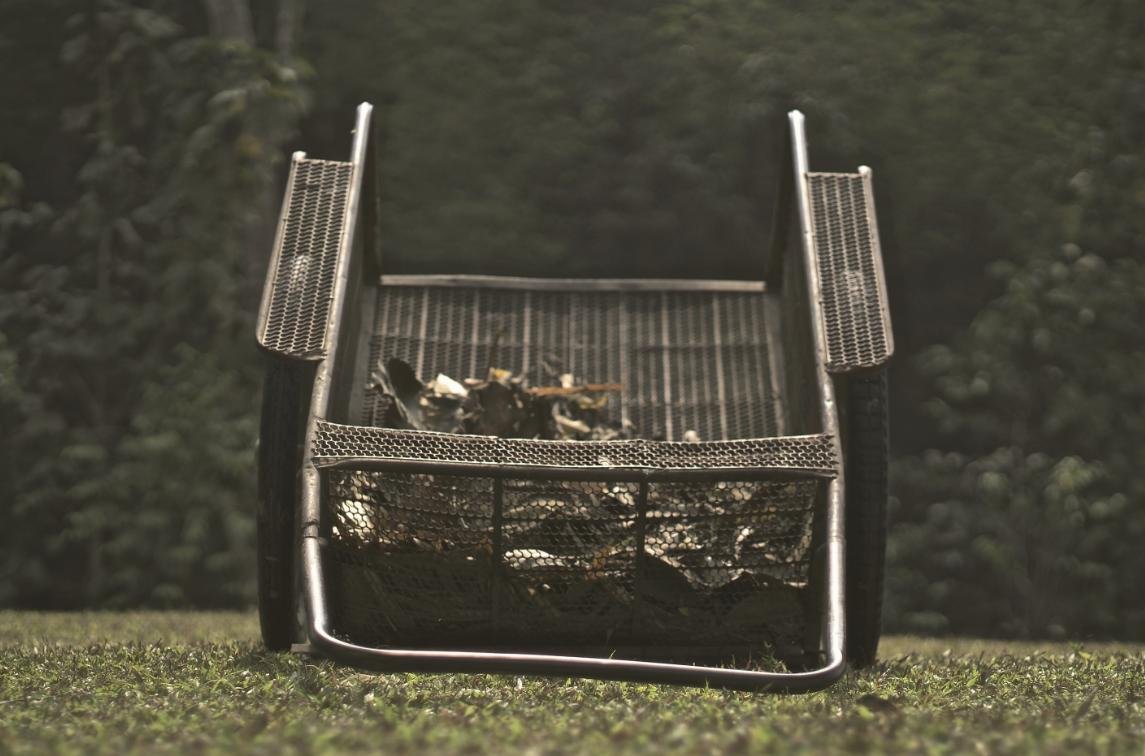Introduction to Garden Seeders
Garden seeders, often referred to as seed drills, are essential tools in the realm of gardening that significantly streamline the process of planting seeds. Their primary function is to ensure that seeds are planted at the appropriate depth, spacing, and in an efficient manner. This component of gardening is crucial as it can directly impact the success of plant growth, crop yield, and resource allocation.
The importance of planting seeds with precision cannot be overstated. An effective seeding method not only aids in achieving optimal plant density but also minimizes competition among seedlings for nutrients, water, and light. By utilizing garden seeders, gardeners can reduce the labor and time spent manually sowing seeds, thereby enhancing overall productivity. This efficiency is particularly beneficial for large-scale gardening operations and farms, where labor-intensive methods can become impractical and costly.
There are several types of garden seeders, each designed to meet specific gardening needs. Manual seeders are typically user-operated and suitable for smaller gardens, allowing for personal touch and maneuverability. On the other hand, mechanical seeders, which may be push or tractor-drawn, are tailored for larger plots, providing greater seed coverage in less time. Furthermore, specialized seeders exist for specific seeds, including those for larger grains or smaller seeds that require more delicate handling. The variety in garden seeders underscores their adaptability to diverse gardening practices and preferences, ensuring that both novice and experienced gardeners have tools available to meet their planting objectives effectively.
Types of Garden Seeders
Garden seeders are essential tools for anyone looking to cultivate plants efficiently. They come in various types, each designed to meet different gardening needs and preferences. Understanding the different types of seeders can help gardeners choose the right tool for their specific requirements.
One of the most common types of garden seeders is the manual seeder. Manual seeders are typically hand-operated devices that allow gardeners to plant seeds at a controlled depth and spacing. These tools can range from simple seed dibbers to more complex push-type seeders with adjustable settings. The primary advantage of manual seeders is their affordability and ease of use. However, they may require more physical effort, particularly for larger areas.
In contrast, electric seeders offer a more automated approach to planting. These seeders are powered by electricity or batteries and can handle larger-scale planting with less effort. Electric seeders often feature adjustable settings for seed depth and spacing and can plant seeds much faster than manual options. Nonetheless, they tend to be more expensive and may require more maintenance due to their mechanical components.
Additionally, specialized seeders cater to specific types of crops, such as vegetables, flowers, or grains. For example, some seeders are designed to handle smaller seeds, while others can accommodate larger seeds. These specialized tools ensure that seeds are planted at the optimal depth and spacing for their growth needs. The main advantage of these seeders is their efficiency and effectiveness in promoting healthy plant growth. However, their niche focus may limit versatility, requiring gardeners to invest in multiple tools for different crops.
In summary, selecting the right type of garden seeder depends on factors such as gardening scale, budget, and specific planting requirements. Understanding the differences among manual, electric, and specialized seeders can enhance the gardening experience, ensuring successful and efficient planting practices.
Components of a Garden Seeder
A garden seeder is a valuable tool that streamlines the process of planting seeds, ensuring uniform spacing and efficient coverage. Understanding the key components of a garden seeder is essential to grasping how it operates effectively. Among the primary parts are the seed hopper, seed plate, seed tube, and handle, each playing a critical role in the planting process.
The seed hopper serves as the reservoir for holding seeds prior to planting. Typically constructed from durable materials, the hopper allows for easy loading of seeds while ensuring that they remain protected from the elements. A well-designed seed hopper can accommodate various seed sizes, making it versatile for different types of crops.
Next, the seed plate is a crucial element that regulates the number of seeds dispensed during each planting pass. This component often features precisely spaced holes that allow a specific quantity of seeds to be released at a time. By utilizing various seed plates designed for different seed types, gardeners can improve planting accuracy and ensure better germination rates.
The seed tube acts as a conveyor, directing the seeds from the hopper to the soil. This component is essential for ensuring that the seeds fall directly into the planting furrow created by the seeder. The length and diameter of the seed tube can vary depending on the type of garden seeder, affecting the distribution and placement of seeds in the soil.
Finally, the handle provides the user with control over the seeder’s movement. Typically ergonomically designed, the handle allows for a comfortable grip to facilitate efficient operation. When properly utilized, a well-balanced handle minimizes the strain on the user, enhancing the overall planting experience.
Understanding these components—the seed hopper, seed plate, seed tube, and handle—highlights their interconnections in the functioning of a garden seeder, ensuring successful planting with minimal effort.
How a Garden Seeder Operates
A garden seeder is an essential tool for efficient planting, and understanding its operation can greatly enhance gardening practices. The process begins with soil preparation, which is crucial for optimal seed germination. Before using the seeder, the gardener typically ensures that the soil is aerated and free of debris. This creates a suitable environment for seeds to penetrate the ground easily.
The garden seeder is designed to hold a specific quantity of seeds in its hopper, which can vary in size depending on the model. Once the soil is prepared, the gardener adjusts the seeder’s settings based on the type and size of the seeds. This adjustment controls the seed drop rate and ensures that the seeds are spaced appropriately, avoiding overcrowding, which might hinder growth.
As the gardener begins the seeding process, the garden seeder operates through a mechanism that can vary by design. Typically, the tool deploys seeds in a controlled manner via gravity or mechanical means. In gravity-fed systems, seeds fall through a tube into pre-formed furrows in the soil, while some seeders use a spinning disc or plate that scoops and releases seeds at precise intervals. The depth of seed placement is also adjustable, allowing gardeners to optimize for seed type, which in turn can affect germination rates.
Throughout this operation, the wheels of the garden seeder ensure that it moves steadily along the ground. This consistent movement is essential for accurate seed spacing and planting depth. After sowing, some seeders have additional components, such as packing wheels, that help to cover the seeds with soil, providing the necessary contact for moisture absorption. Thus, all these components work harmoniously to ensure effective and efficient sowing, making garden seeders an invaluable asset for gardeners looking to streamline their planting process.
Benefits of Using a Garden Seeder
A garden seeder is a highly efficient tool designed to streamline the planting process in various gardening scenarios. One of the primary benefits of using a garden seeder is the increased planting speed it offers. Traditional methods of sowing seeds can be time-consuming and labor-intensive, especially for larger areas. In contrast, a seeder allows for rapid planting, enabling gardeners to cover more ground in less time. This efficiency can significantly enhance productivity, particularly in commercial farming or large-scale home gardens.
Another advantage of garden seeders is their capability to ensure improved seed spacing. Proper spacing is crucial for plant health, as overcrowding can lead to competition for nutrients and space, ultimately resulting in poor growth. Garden seeders are designed to provide consistent spacing between seeds, which facilitates better air circulation and light penetration. This uniformity contributes to a healthier and more robust plant growth, producing higher yields compared to hand-seeding methods.
Additionally, using a garden seeder helps in reducing seed waste. Hand-sowing often results in inconsistency, with some seeds falling on top of one another and others being misplaced. Garden seeders minimize such waste through well-calibrated mechanisms that ensure optimal seed placement. This efficiency not only conserves resources but also lowers costs in terms of seed purchasing. Furthermore, garden seeders can aid in achieving more even germination rates by creating favorable conditions for the seeds to sprout. Consistent planting depth and spacing improve moisture retention and nutrient distribution in the soil, leading to healthier seedlings.
In summary, the benefits of using a garden seeder encompass increased planting speed, improved seed spacing, and reduced seed waste, all contributing to optimized growing conditions and enhanced overall garden productivity.
Common Mistakes When Using a Garden Seeder
Using a garden seeder can greatly enhance efficiency and precision in planting, but there are several common mistakes that gardeners may encounter. One prevalent issue is setting the incorrect seed depth. Different types of seeds require specific planting depths to ensure optimal germination. If seeds are sown too deep, they may struggle to reach the soil surface, while overly shallow planting can expose them to environmental factors that inhibit growth. Gardeners should consult seed packets for recommendations on depth and adjust the seeder accordingly to avoid such pitfalls.
Another frequent error arises from inadequate seed adjustment. Properly calibrating the settings of a garden seeder before use is crucial. If the seed spacing is not adjusted correctly, gardeners may end up with clusters of seeds or sparse plantings, leading to overcrowded or ineffective crop yields. Familiarizing oneself with the seeder’s mechanism and testing it with a small sample of seeds can prevent such errors, ensuring an even distribution in the garden.
Neglecting to clean the garden seeder after use is another common mistake that can hinder performance in future planting sessions. Residual soil and debris can clog the feeding system and impact the accuracy of seed distribution. Regular cleaning between uses not only prolongs the life of the equipment but also maintains its efficiency. Gardeners can take preventative measures by rinsing off any soil or seed remnants after planting, thus keeping their tools in optimal condition.
By being aware of these common mistakes—incorrect seed depth, inadequate seed adjustment, and neglecting cleanliness—gardeners can optimize their use of a garden seeder. Adopting best practices will ultimately facilitate a more successful planting process and promote healthy crop development.
Maintenance Tips for Garden Seeders
A garden seeder is an essential tool for any gardening enthusiast, as it helps streamline the process of sowing seeds. To ensure this tool remains efficient and lasts for many seasons, regular maintenance is crucial. Proper care involves several key practices including cleaning, lubrication, storage, and periodic inspections.
First and foremost, after each use, it is important to clean the garden seeder thoroughly. Soil and seed residue can accumulate in various parts of the seeder, leading to potential clogs and malfunctions. Using a soft brush or cloth can effectively remove debris. Pay special attention to the seed tubes and the seed box; rinsing them with water can further ensure they are free from any trapped material. Avoid using harsh chemicals that could damage the components.
Lubrication is another vital aspect of maintenance. Applying a light machine oil to moving parts, such as the gears and wheels, can help reduce friction and wear. A well-lubricated seeder operates more smoothly, allowing for consistent seed sowing. However, it is essential to avoid over-lubricating, as excessive oil can attract dirt and dust, complicating the cleaning process.
Storage also plays a significant role in maintaining the longevity of a garden seeder. After cleaning and lubrication, store the seeder in a dry, cool place, away from direct sunlight to prevent any plastic parts from becoming brittle. Using a protective cover can also safeguard it from dust and potential damage during the off-season.
Finally, periodic inspections are necessary to catch any signs of wear and tear early on. Check all components for damage or bent parts. If any issues are detected, address them immediately to prevent further complications. By following these maintenance tips, garden seeders can continue to function optimally, making the seed-sowing process more efficient and enjoyable.
Choosing the Right Seeder for Your Garden
Selecting the appropriate garden seeder is essential for optimizing planting efficiency and ensuring a successful gardening experience. Several factors come into play when making this decision, including the size of your garden, the types of crops you intend to grow, and your personal gardening practices. By understanding these elements, you can choose a seeder that best fits your gardening needs.
First, assess the size of your garden. For larger gardens, a push-type or tractor-mounted seeder might be more suitable, as these options can cover extensive areas more quickly and with minimal effort. On the other hand, if you have a smaller garden or are working in confined spaces, a hand-held or compact garden seeder could be ideal. These smaller seeders are typically user-friendly and allow for precise planting in tighter areas.
The second factor to consider is the type of crops you plan to cultivate. Different seeders offer various capabilities for planting seed sizes, shapes, and planting depths. Some models are specifically designed for small seeds, such as carrots or lettuce, while others may be better suited for larger seeds, like beans or corn. Evaluating the crops you wish to grow will help determine the most appropriate seeder type that can handle the specific seeds you plan to use.
Lastly, take note of your gardening practices. If you prefer hand planting and enjoy the tactile process of gardening, a simple manual seeder might align better with your style. Conversely, if you are looking to save time and effort, consider investing in a more advanced model equipped with features such as seed spacing adjustments and depth settings. Additionally, pricing plays a significant role in decision-making; budget-friendly options exist, alongside premium models with enhanced functionalities.
Conclusion: Embracing Technology in Gardening
In an era where technology intersects with horticulture, garden seeders stand as a testament to innovation’s potential in improving gardening practices. These tools, whether manual or mechanized, have transformed the traditional methods of sowing seeds, making the process more efficient and less labor-intensive. By utilizing a garden seeder, gardeners can ensure proper seed placement and spacing, optimize the use of available land, and increase the likelihood of achieving a healthy crop yield.
The integration of technology has reshaped modern gardening, offering new solutions to age-old challenges. Garden seeders enable gardeners to plant seeds at consistent depths and distances, factors that are crucial for successful germination and growth. This precision minimizes waste and allows for better resource management, ultimately leading to a more productive garden. Furthermore, many models include features that support seed differentiation, making it easier to cultivate a diverse array of plants. As a result, gardeners can experiment with various types of seeds without the cumbersome task of manual planting.
Moreover, adopting garden seeders not only simplifies the planting process but also reduces physical strain on the gardener, thereby making gardening more accessible to people of all ages and fitness levels. This technological advancement encourages greater participation in gardening activities, fostering an appreciation for sustainable practices and fresh food cultivation. As more people embrace this approach, the potential for enhanced crop yields and ecological benefits becomes increasingly evident.
In conclusion, garden seeders serve as a crucial tool for modern gardeners, merging tradition with technological innovation. Embracing these advancements offers significant benefits that can elevate the overall gardening experience, allowing both novice and experienced gardeners to reap the rewards of a bountiful harvest.







